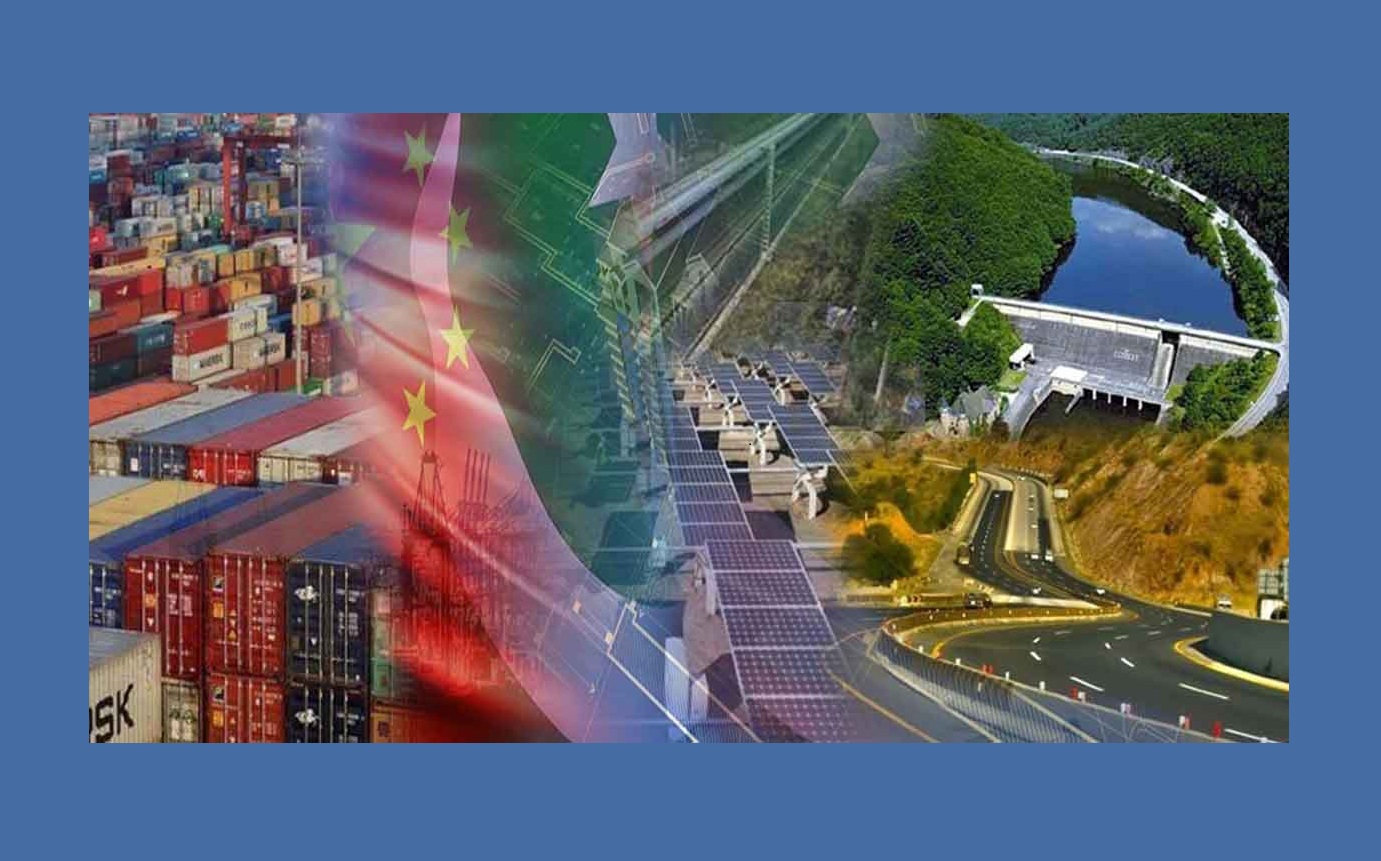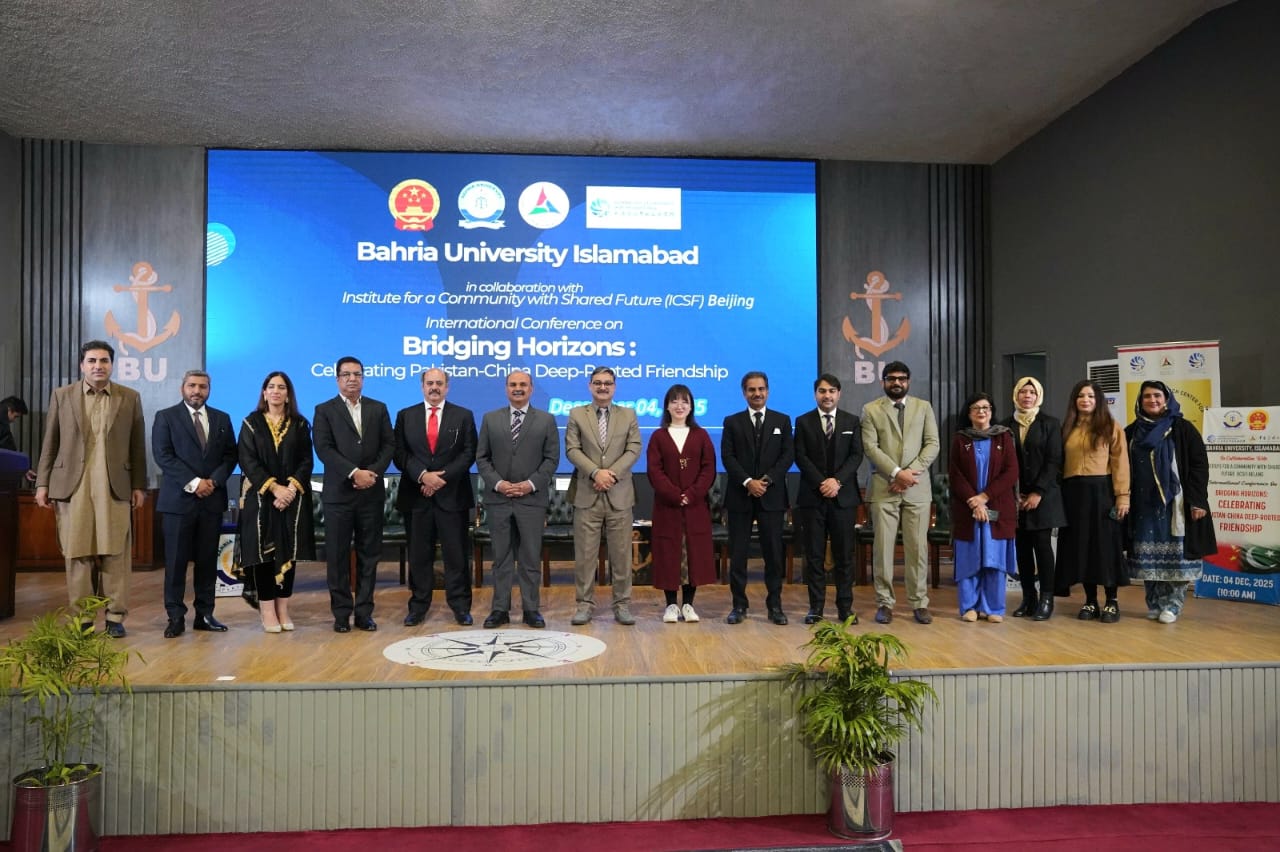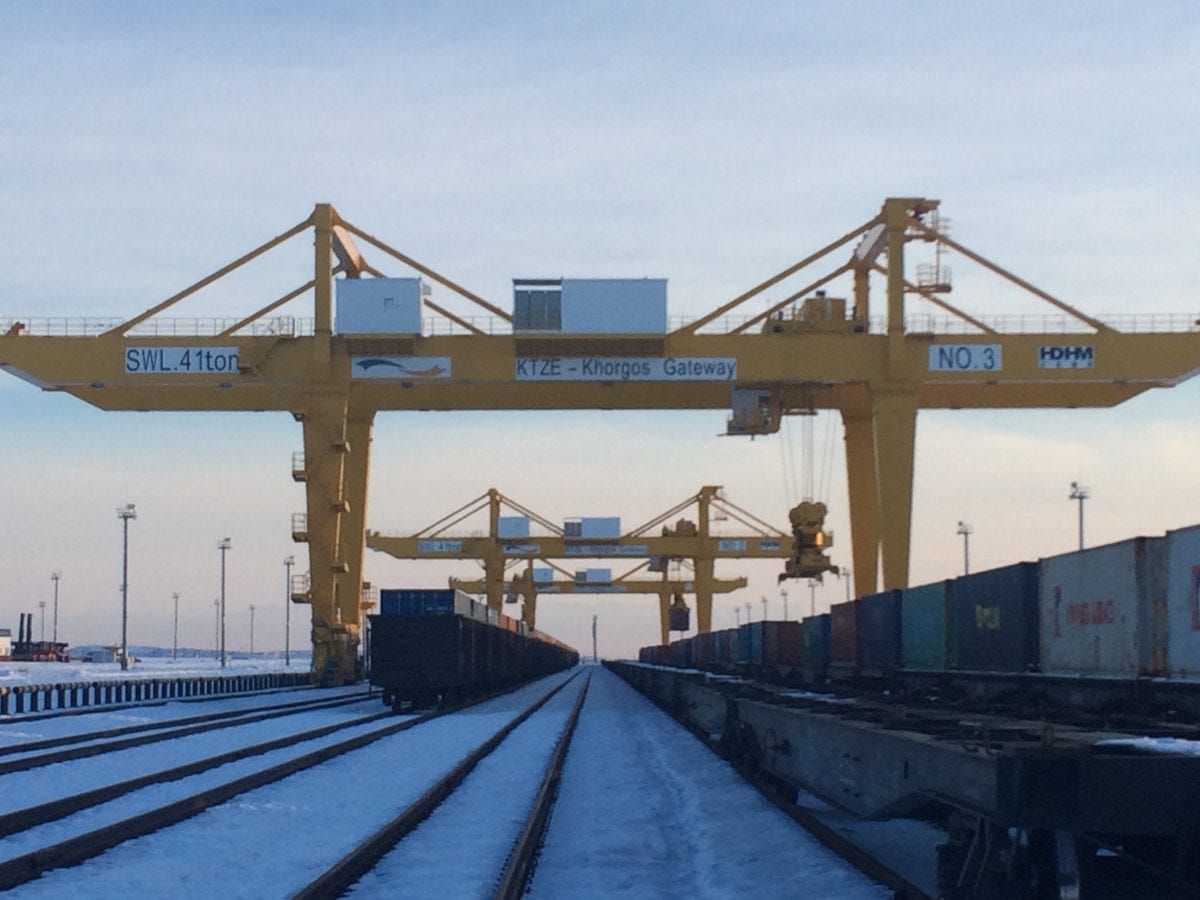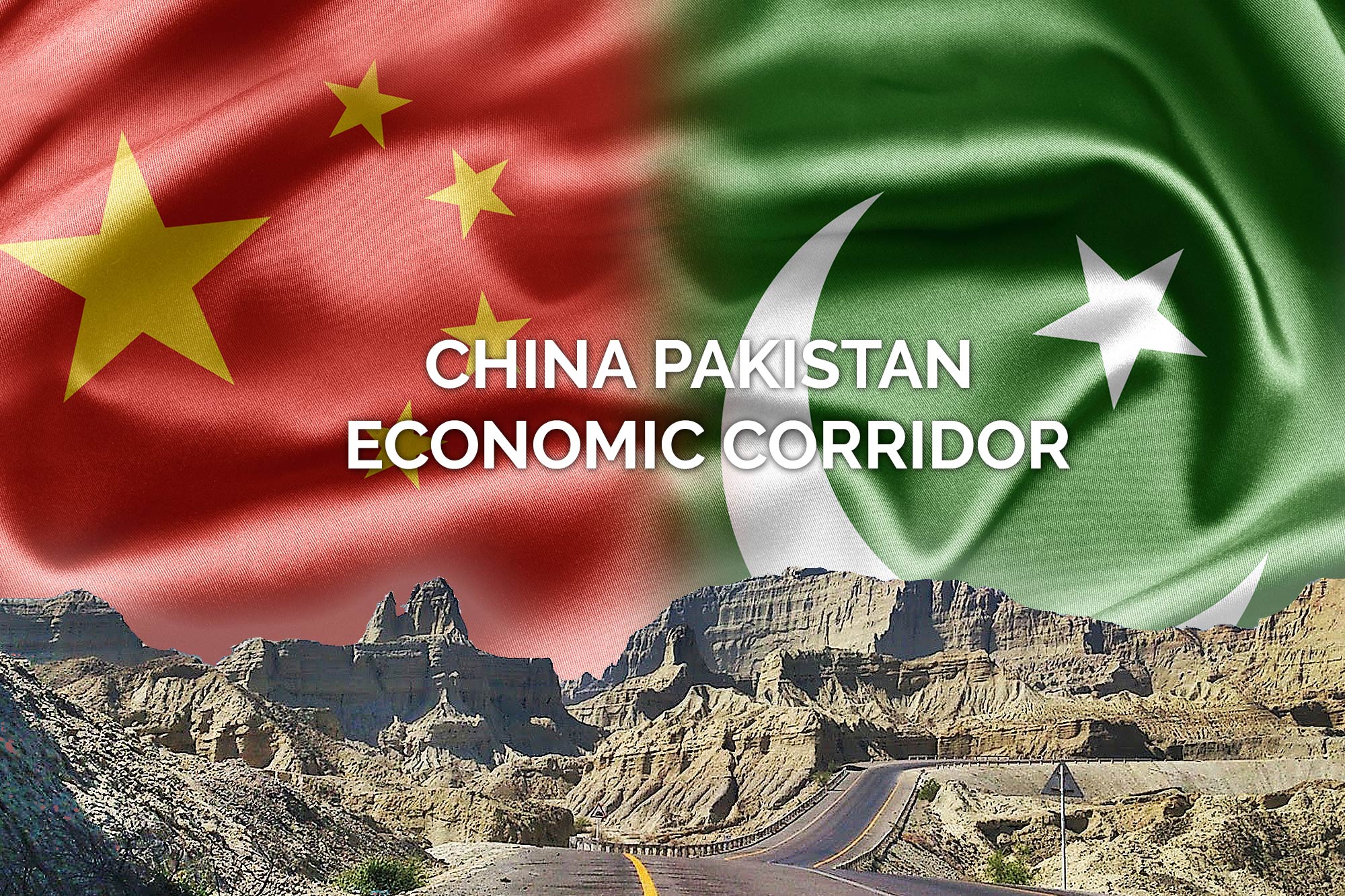The Pakistan-China relationship, which is touted as an all-weather strategic alliance and lovingly labeled as the Iron Brotherhood, is in a deep evolution. During decades, this relationship was characterized by geostrategic orientation, military collaboration, and strong support of states to states. The moment of economic integration, infrastructure, and energy prevailed with the introduction of the China-Pakistan Economic Corridor (CPEC). Nevertheless, as both countries explain their vision of a community of shared future, it is becoming more evident that the steel and concrete will not be the keys to long-term sustainability of this alliance. The rise of soft power in China and a calculated, refined cultural diplomacy is the one that is stitching the social net to help this great vision become a reality.
This outreach is not a passive process of cultural outreach; it is an active approach of engaging with the people of Pakistan seen in both the urban and academic landscape of Pakistan. The rupture of Confucius Institutes and China Study Centers in large universities, not only in Islamabad but also in Karachi, is the main driving force in this change. Such are not language labs, they are cultural embassies. They are carefully nurturing a new breed of Pakistani students, scholars and professionals who not only command the Mandarin language but are also conversant with the intricacies of the Chinese culture, philosophy and history. These institutes are democratizing the Sino-Pak relationship by supporting scholarships, organizing academic forums and also celebrating cultural events such as spring festival. They are taking it out of the contents of the government chancelleries and military headquarters and into the consciousness of people. This forms an essential people to people connectivity, which forms the basis of the government to government alliance. However, when a Pakistani engineer and a Chinese counterpart are able to talk fluently, they are not only constructing a power facility; they are constructing trust. This is what is physically felt as a result of soft power and it offers the social license to ambitious projects such as CPEC to achieve.
There is no fault or chance that the point at which this hard and soft power convergence is more vital than in Gilgit-Baltistan (GB). This area is not just a geographic periphery, but it is the jugular vein of China-Pakistan relationship. Being the entrance to CPEC, all land-based trade, transportation, and energy flows will have to take their way through its impressive mountains. It would be miscalculated to regard GB as nothing more than a passageway. It is and it should be the main place of Sino-Pakistani melting point. The cultural diplomacy at Gilgit-Baltistan is not the same as at Lahore or Islamabad. It is more personal, local and rooted in millennia of history. The region borders with the Xinjiang province of China, and traditional Silk Road created organic connections throughout centuries. This is not a newly spawned relationship but a contemporary regeneration of an ancient relationship. This transnational impact is evident today. We can observe it through the increase of the scholarships offered to students of Gilgit-Baltistan to learn in the Chinese universities. We find it in the frontier markets at Sost, where business and culture cannot be separated. We can observe it in the rise in the demand of Mandarin language guides as the Chinese tourism to Hunza and Skardu continues to rise. It is a living breathing cross border relationship, with the first line of diplomacy being taken by families, traders and artisans. The impact is symbiotic: the population of GB is receiving the access to economic opportunities and access to the quality education at the world level, whereas China is acquiring itself the stable and friendly environment in which to conduct the most important artery of the trade.
The potential of this region is however hugely unexploited. Gilgit-Baltistan will be of the disproportionate stability, development, and active participation to the success of CPEC and the community of shared future. Thus, there is an urgent need that both Beijing and Islamabad transform GB into an active, high quality partner in this common fate instead of a passive transitory region. This will need a bilateral, focused, and deliberate development strategy. The two countries should now leave behind the bit-by-bit projects, and enter into a full package agreement that will help develop Gilgit-Baltistan in totality. This plan should go hand in hand with the economic corridor with a Sino-Pakistani Cultural Corridor. This would entail co-investing in a world-class university in GB on mountain economies, climate science and linguistics. It would consist of the establishment of special economic areas that are complemented by mutual vocational training facilities. It would entail simplifying cross-border tourism and instituting official cultural-exchange programs between GB and Xinjiang so as to make the organic, historical connections between the two formal.
To sum up, when we examine the future of the Sino-Pak relations, the think tanks and policymakers in the two countries should not focus on the balance sheets of CPEC alone. The real community of collective future is a human endeavor. The soft power that China implements via its educational institutes and well-calculated cultural diplomacy is providing the necessary foundation. So, by pouring this energy into Gilgit-Baltistan, the key to the unity between the two states, we will be able to make sure that the Iron Brotherhood does not consist merely of the relationship of mutual interests, but also mutual understanding, mutual knowledge and the truly mutual future.

Participant of ICSF-UoS Fellowship Program 2025-26 at University of Sargodha.












